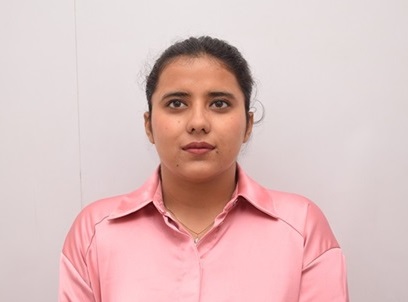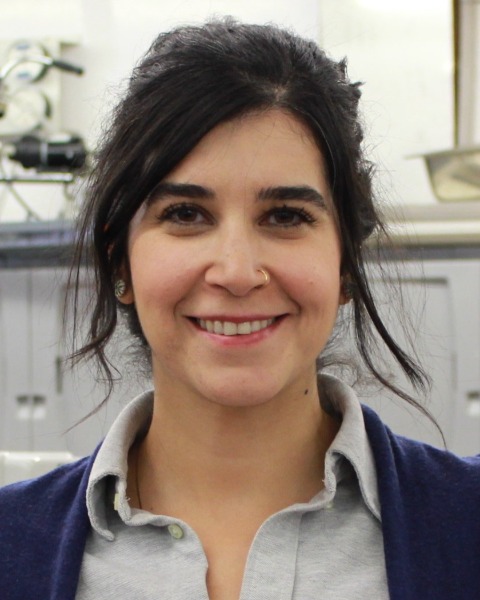2025 AOCS Annual Meeting & Expo.
Protein and Co-Products
Optimization of hemp protein gels at low temperatures as encapsulation wall materials: Effect of crosslinkers, pretreatments, and insights from rheology and oral tribology
.jpg)
Thilini Nuwandhara Dissanayake (she/her/hers)
PhD Candidate
University of Manitoba
Winnipeg, MB, Canada
Manpreet Kaur
Post Doctoral Researcher
University of Manitoba
Winnipeg, Manitoba, Canada- BK
Ben Kew
Post Doctoral Researcher
University of Leeds, United States 
Filiz Koksel, PhD (she/her/hers)
Associate Professor
University of Manitoba
Winnipeg, MB, Canada
Nandika Bandara, PhD, CFS (he/him/his)
Associate Professor & Canada Research Chair in Food Proteins and Bioproducts
University of Manitoba
Winnipeg, MB, Canada
Presenting Author(s)
Co-Author(s)
Hemp protein (HP) is a sustainable protein source for encapsulating bioactives, but traditional high-temperature gelation poses challenges for heat-sensitive bioactive compounds. The objective of this research is to develop HP gels at 40 °C by optimizing citric acid (CA) crosslinking and sonication pretreatments while evaluating the gelling properties of three HPs extracted using alkaline, divalent-salt, and deep eutectic solvent (ALK, SALT, DES) methods. HP was hydrated at 20% overnight, sonicated for 0, 5, or 10 minutes, and mixed with CA (0, 0.1, 0.3 or 0.5 mmol/g protein). After pH adjustment to 4 and homogenization, samples were heated at 40 °C for 1 hour and cooled to 4 °C. Gel strength, rheology, oral tribology, structure, and interactions were characterized. Two-way ANOVA was used to optimize CA concentration and sonication for gel strength, while one-way ANOVA/Tukey test was used for characterization data. SALT exhibited the strongest gelation, with a sharp increase in storage modulus during heating, continued strengthening over time, and dominant elasticity across frequencies. DES also formed stable gels with moderate strength and strain resilience, while ALK showed weak gelation. Interestingly, despite differing rheological properties, the mouthfeel did not differ according to friction in the boundary lubrication regime in tribology assessments. In the optimization, DES gels showed significant interaction (p< 0.05) between CA concentration and sonication time. Maximum gel strength (746.9 ± 25.4 g) was at 0.03 mmol/g CA and 5 min sonication, while controls had the lowest (198.4 ± 23.4 g). FTIR confirmed CA-induced crosslinking via shifts at ~3300, 1630, and 1530 cm⁻¹. Under optimized conditions, SALT (440.9 g) and ALK (301.0 g) gels had lower strength than DES, aligning with the rheological properties. Fabricating gels at low pH and temperature is challenging but crucial for delivering heat-sensitive bioactives. Sonication and CA crosslinking offer promising solutions using DES-extracted HP.

.png)